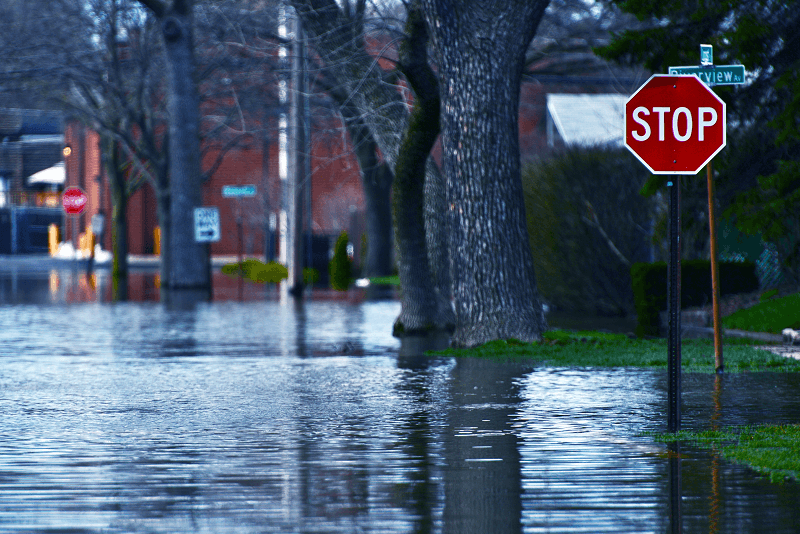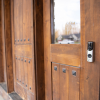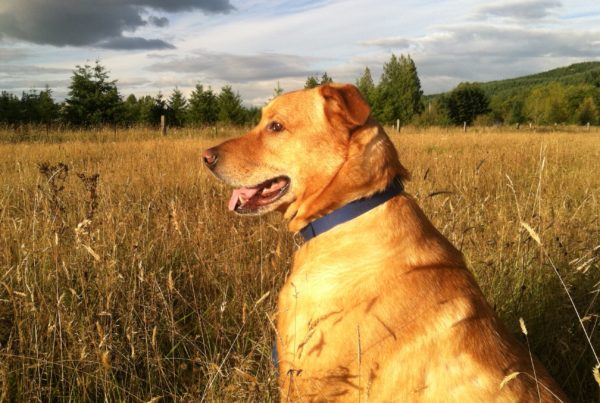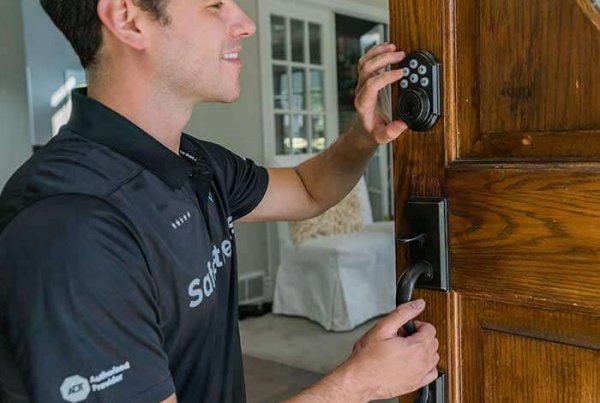
In our neck of the woods this morning, we awoke to standing water and flood watches on local rivers. Thanks to a dramatic rise in the temperature and a night of relentless rain, we had snow on the ground when we went to bed last night, and flooded fields and roads when we woke this morning. Yes, it’s February!
Our county has suffered several dramatic, deadly floods. Although those kinds of 100-year floods, as they call them–even though they can occur regardless of the calendar–are rare, lesser flooding still causes serious risk.
So let’s make a quick review of flood dangers and safety tips as winter winds its way through to spring and we face more wet weather ahead…
Be prepared
We’ve published several emergency-preparedness posts on this blog, and we won’t rehash them now. However, we will rehash the advice to be prepared, both at home and in your car, and with a contingency plan in place should a disaster strike while you’re at work. Remember that flooding can wipe out roads and take down trees, potentially leaving you stranded and without power. Are you ready for that?
Stay away
If water has risen enough to cross the roadway, stay away from it, on foot or in your car. If you’re on foot, note that Ready.gov says as little as 6 inches of moving water can knock you down, and just 2 feet of moving water can sweep your car away.
Flash floods are especially dangerous—so dangerous, they are the number one cause of weather-related deaths in the U.S.
Turn around, don’t drown
Turn around, don’t drown is the saying to remember. Just 6 inches of water can stall your car, and as noted above, just 2 feet of water can sweep it away. Plus, you don’t know the road conditions under that water. Maybe there isn’t any road under that water!
Be safe and smart if you do have to drive through water
If you have to drive through the water, follow these tips from The Weather Network:
- Slooooooow down. You’ll reduce the chance of hydroplaning, and you won’t be spraying water up on any oncoming cars.
- Watch the other cars to see how they are doing. That might give you clues to how bad conditions are farther down the road.
- Avoid any standing water with a downed power line laying on the ground, for obvious reasons!
- Watch for debris the water might be carrying along, such as tree branches.
- Note that your brakes will be wet and won’t function properly until they get a chance to dry out.
Get away
If the water start rising around your car but it’s not moving, get out and get to high ground. Don’t wait to see what happens, and don’t stay with your vehicle just because you think you should. Just get out and get up high, quickly. (If the water is moving, see above where it says just 6 inches of moving water can knock you down.) The trick is to avoid getting into that situation in the first place.
The rainfall that can cause flooding often leads to landslides and mudslides as well. The CDC web page offers safety tips worth reviewing for these situations.
You might also want a home automation system with flood detection, because not all flooding is caused by natural disasters, and—no matter the cause—you will want to be warned right away of the impending danger if you’re not home.









